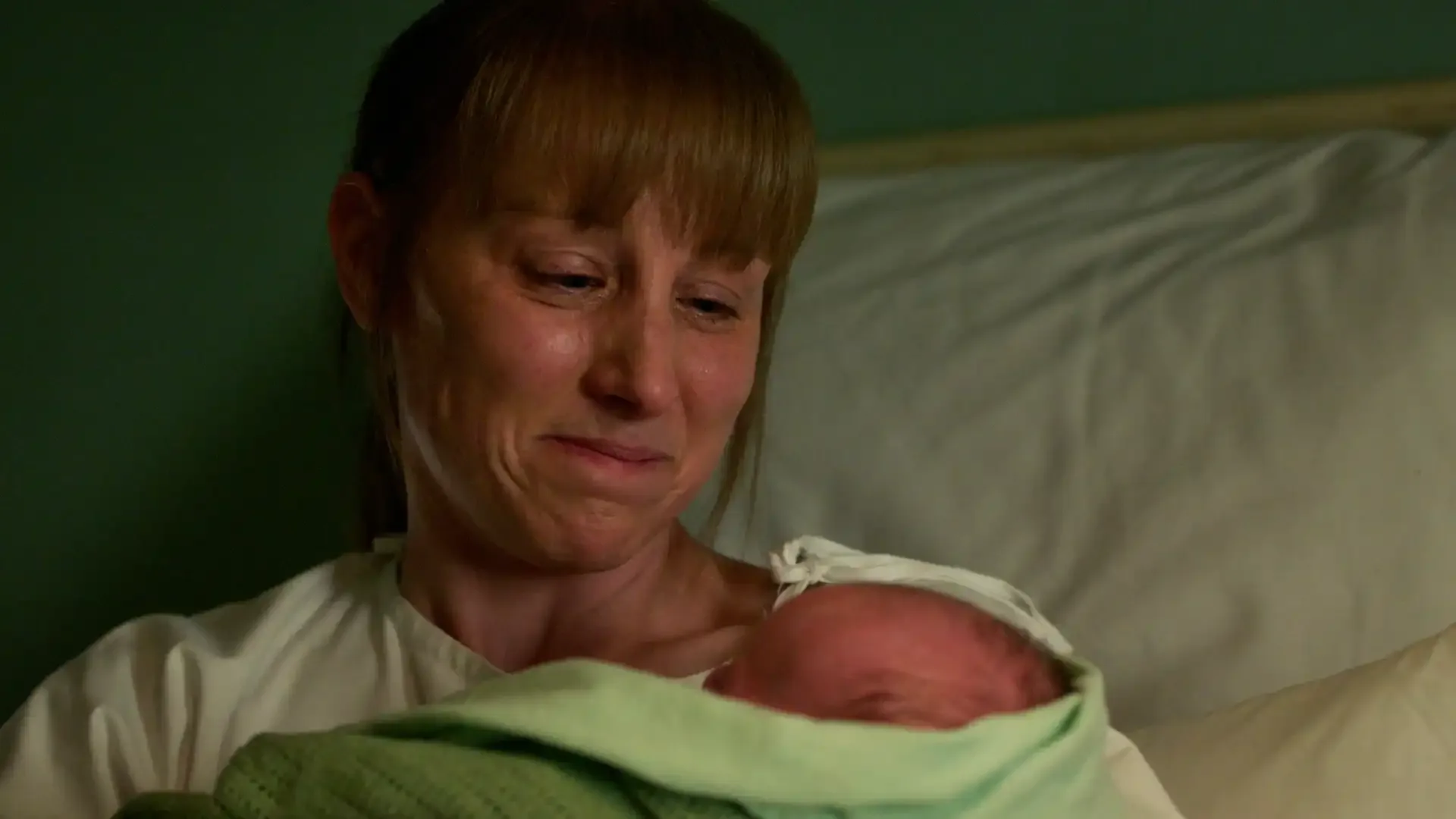I was elated to see perinatal mental health the spotlight of this episode. Historically, this is an issue and a population that has received far too little attention. And for added complexity, options for the treatment of many mental health disorders are limited for pregnant people.
We watched the young woman (Arlene) in the episode afflicted with bipolar disorder (known in years past as manic-depressive disorder), wrestle with the difficult decision of whether to take a medication that could potentially harm her baby. Aside from the medication risks, just having a mental health disorder in pregnancy can negatively affect both mother and child. Preterm labor and birth, as well as difficulty bonding, are very real risks for the couplet.
Lithium, the medication that the woman quit taking that led to the exacerbation of her disorder, has been used to treat bipolar disorder since the 1940s. While it was a miraculous discovery, it came with a price in terms of risks and side effects, among them kidney failure and toxicity. Taken during pregnancy, lithium increases the risk of heart defects in the fetus. Yet the risks associated with untreated bipolar disorder are also high for both mother and baby. Imagine the dilemma the young woman faced of taking a medication to keep her mental health stable versus the risk of harming her unborn child.
While the woman in the episode struggled with bipolar disorder, providers of perinatal care are more likely to see perinatal depression and anxiety, which statistically affect a far greater proportion of the population. Despite improved screening tools, and national guidelines dictating screening intervals, too often the tragic story of a young mother who has harmed herself, her children, or both makes the news headlines. We can, and we must, do better in supporting the mental health of our patients throughout their reproductive lives.
The other storyline in the episode, trying to contain an outbreak of gonorrhea, highlighted the role of midwives as public health nurses. A major function of public health professionals during any outbreak is information gathering, tracking of contacts, and treating those affected. It’s a daunting task by any stretch of the imagination. Watching Miss Higgins (played aptly by Georgie Glen) approaching potentially infected individuals to have “intimate conversations” about their sexual contacts was interesting, to say the least, but it was an all-hands-on-deck situation, which required the efforts of everyone at the “surgery” (what we would call the clinic).
That part of the episode reminded me how grateful I am for the technological advances that make this task immeasurably easier today. I am grateful to all of the public health organizations that oversee and advance the health of our nation’s citizens. As a clinician and a citizen, I depend on the evidence and guidance available from the experts at the Centers for Disease Control and Prevention (CDC). Earlier this year invaluable information on the diagnosis and treatment of sexually transmitted infections was temporarily removed from the CDC website and eventually put back. For clinicians who depend on this information to treat patients, it’s essential to have reliable access to the latest CDC evidence and guidance related to public health.
